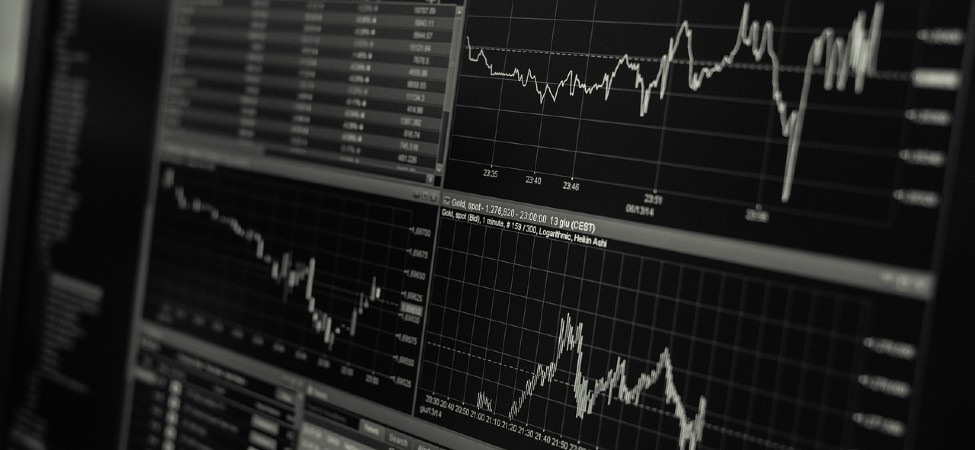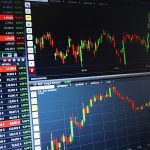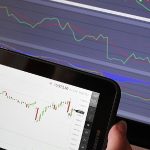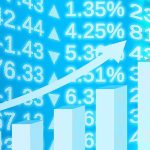Forex trading has become one of the most popular trading markets in the world, with an estimated daily trading volume of over $5 trillion. But where did it all start? The history of Forex trading can be traced back to the late 19th century when international trade began to increase and currencies were first exchanged to facilitate transactions.
Over the past century, Forex trading has evolved into a global, digital, and highly competitive market, but the basic principles remain the same. In this article, we’ll take a quick look at the history of Forex trading, from its earliest days to the present, and explore how it has become one of the most popular trading markets in the world.
- Early Origins of Forex Trading
- The Emergence of Foreign Exchange Banks
- The Development of the Spot Market
- The Rise of Automated Trading Systems
- The Impact of Technology on the Forex Market
- The Emergence of Algorithmic Trading
- The Impact of Regulation on the Forex Market
- Conclusion
Early Origins of Forex Trading
The earliest record of foreign exchange trading dates back to the 17th century when British merchants began to trade in bills of exchange. Bills of exchange are an agreement that one party will pay another party a certain amount of money on a certain date. In the 17th century, bills of exchange were used by merchants to settle transactions involving trade between countries using different currencies. The first documented case of forex trading occurred around 1690, when John Houblon, Governor of the Bank of England, received a bill of exchange.
In the following years, the practice grew in popularity, and the exchange of currencies became a significant part of international trade. Throughout the 18th and 19th centuries, the forex market remained fragmented, with various merchants and banks operating in different regions. There was very little trading between different currencies, and each country had its own methods for trading and exchange rates. While brokers and traders did exist, they were not common, and trading was mostly done by banks and the wealthy.
The Emergence of Foreign Exchange Banks
As forex trading grew in popularity, banks began to emerge as the main participants in the market, and the first forex traders began to specialize in foreign exchange. With the advent of World War I, the demand for foreign exchange grew, and most major trading banks began to open offices in London, the center of the world’s financial markets and the hub for forex trading.
Following the war, foreign exchange trading settled into two main trading hubs, London and New York, with a small amount of trading being conducted in Paris and Tokyo. But while the pre-war era was characterized by a fragmented forex market and decentralized trading, the post-war era saw the emergence of foreign exchange banks (FX Banks) as the main participants in the market. FX banks are institutions that provide trading services, including forex trading, currencies, and commodities. With the creation of FX banks, the forex market evolved into a centralized market, and increasingly became dominated by a handful of major banks.
The Development of the Spot Market
With the emergence of FX banks as the main participants in the market, the need for a centralized exchange grew. In 1958, the London Gold Pool, which was responsible for regulating the world gold market, was converted into the London Gold Exchange (LGE), which was responsible for regulating the forex market. The LGE became the first regulated forex market and was soon followed by the creation of the International Monetary Market (IMM), which became the world’s first regulated spot market.
The spot market is a centralized exchange that is used for trading currencies for immediate delivery. The forex market is predominantly decentralized, with most trades involving the selling and buying of financial instruments, such as options and futures. The spot market is the only centralized part of the forex market and has since become the world’s largest financial market and the main trading hub for forex.
The Rise of Automated Trading Systems
The development of automated trading systems (ATS) in the 80s and 90s marked a major shift in the history of forex trading, and the rise of ATS coincided with the fall of the London Gold Exchange. The emergence of ATS also marked the beginning of the transition to electronic trading, which transformed the market and reduced trading costs.
By the end of the 90s, all major trading banks had developed ATS, and the London Gold Exchange had become almost completely irrelevant. The London Gold Exchange played a significant role in the history of forex trading but was ultimately unable to compete with the rise of ATS. The advent of ATS and the shift to electronic trading transformed the market and paved the way for the emergence of forex as the world’s most popular trading market.
The Impact of Technology on the Forex Market
The impact of technology on the forex market is difficult to overstate. From the development of ATS to the rise of online trading, advances in technology have transformed the market and opened up trading to a wider audience than ever before.
Advances in technology have been so significant that it is difficult to imagine a world without digital trading, and the growth of online trading has been nothing short of transformative. The advent of online trading and the rise of digital forex brokers in the 2000s led to the creation of a truly global market and opened up trading to a wider audience. In the decades since the advent of online trading, the market has continued to evolve, and the latest evolution of the market is the advent of cryptocurrency and blockchain technology.
The Emergence of Algorithmic Trading
As technology advanced and online trading became increasingly popular, algorithmic trading emerged as the next stage in the evolution of the market. While automated trading systems rely on pre-set rules, algorithms are sets of instructions written in computer code that determine how a trade is executed. The use of algorithms rather than pre-set rules allows traders to respond to changing market conditions, and algorithmic trading has become increasingly popular in the forex market.
Algorithmic trading is used by both retail traders and institutional investors and has become increasingly popular in the forex market in recent years. The increasing popularity of algorithmic trading has resulted in greater market efficiency and reduced transaction costs and has resulted in the emergence of Robo-advisors, which invest your savings using algorithms.
The Impact of Regulation on the Forex Market
The advent of regulation in the forex market has had a significant impact on the market and has been instrumental in transforming the market from a fragmented, decentralized market into a centralized one that is dominated by a handful of major banks. The regulation of the forex market began in the 1970s and 80s, and the currencies of developed countries were regulated first.
Emerging market currencies followed in the following decades, and the last market to be regulated was the gold market in the late 2000s. The regulation of the forex market has brought stability to the market and helped transform it into the centralized and regulated market that it is today. The regulation of the gold and forex markets led to the creation of the London gold fix and the WM/Reuters rates, which still exist today.
Conclusion
As interest in trading continues to grow, the history of Forex trading is useful for understanding how the market has evolved and how it has become the global, digital, and highly competitive market that it is today. The early days of foreign exchange trading saw the emergence of the London gold fix and the London gold exchange, but it wasn’t until the emergence of ATS and algorithmic trading that the market truly became centralized and regulated.
The impact of technology on the market has been significant, and it has led to the creation of a truly global market that is accessible to retail traders and investors.









